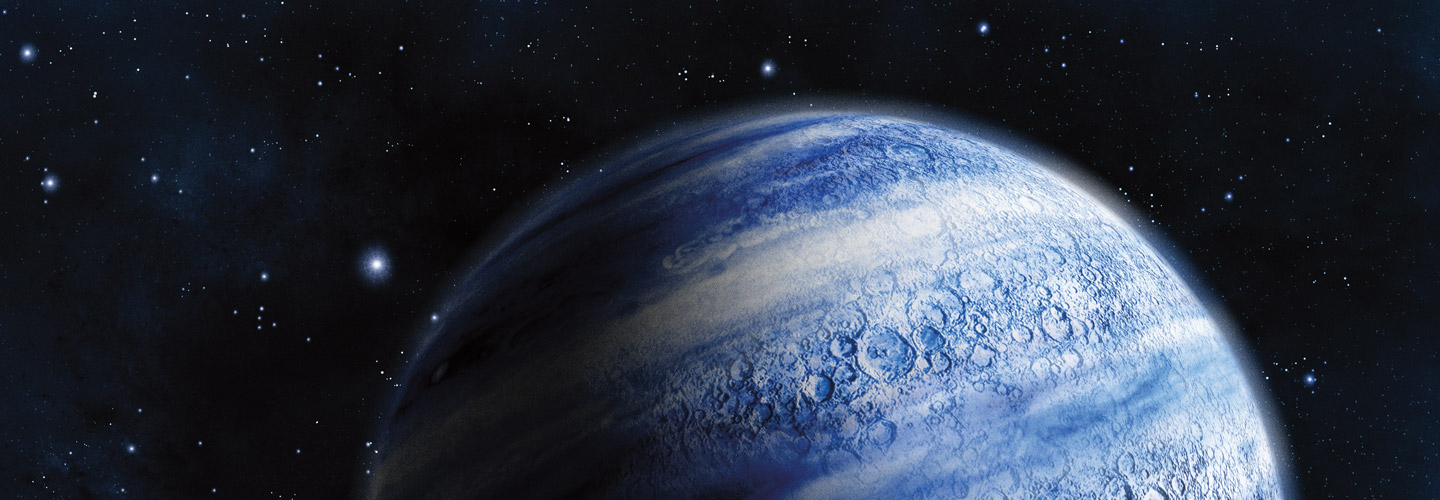Back in 2006, our solar system lost a planet. It didn’t go missing. Astronomers decided that Pluto should be reclassified as a dwarf planet—a space object that’s smaller than a planet but that also moves around the sun. Since then, our solar system has been a party of eight.
But that number may change again soon. Astronomers at the California Institute of Technology recently found evidence of a ninth planet. If it exists, the planet—temporarily called Planet Nine—is a big one.
Today, there are eight planets in our solar system. There used to be nine. But in 2006, astronomers decided that Pluto was too small to be a planet. They named it a dwarf planet instead. It’s smaller than a planet but still moves around the sun.
The number of planets in the solar system may change again soon. Scientists recently found signs of a ninth planet. For now, they’re calling it Planet Nine.

